1. FALL HOURS AND OPERATION
2. HURRICANE SEASON
3. FALL PLANTING SCHEDULE
4. WELCOME BACK KEVIN!
5. DUTCH ELM DISEASE MANAGEMENT UPDATE
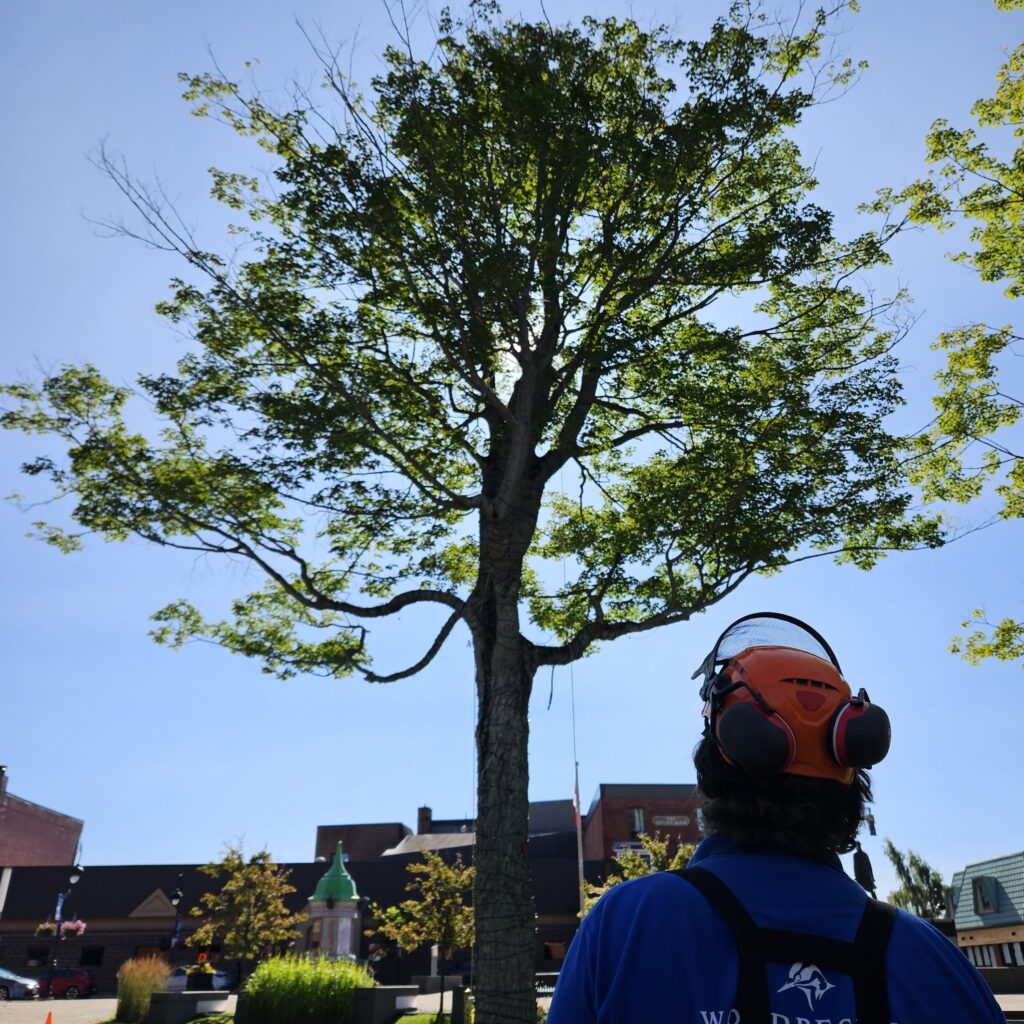
1. FALL HOURS AND OPERATION
Woodpecker Tree Care is in the heart of the busy season, and we are glad to have a capable staff in the tree and the office.
Our team has expanded, which allows us to book most new work 3-4 weeks after the confirmation of the quote. Despite our best efforts, some of our emails tend to stray into junk or spam folders. If you are waiting on a quote from us, it could be hidden in junk mail. Please give us a call if you are waiting on a quote, and we would be happy to help.
Woodpeckers are on duty Monday to Friday, from 8AM to 4PM. We check our emails every morning at 7AM, and answer the phone if we’re not too busy on a job site. If you get our voicemail, it’s very helpful if you leave your name, phone number, and a brief description of what services you would like.
If you are a fairly new client, or are curious about our process, we have a “What to Expect When You Call” page on our website under our “About Us” section.
We hope to see you (and your trees) soon!
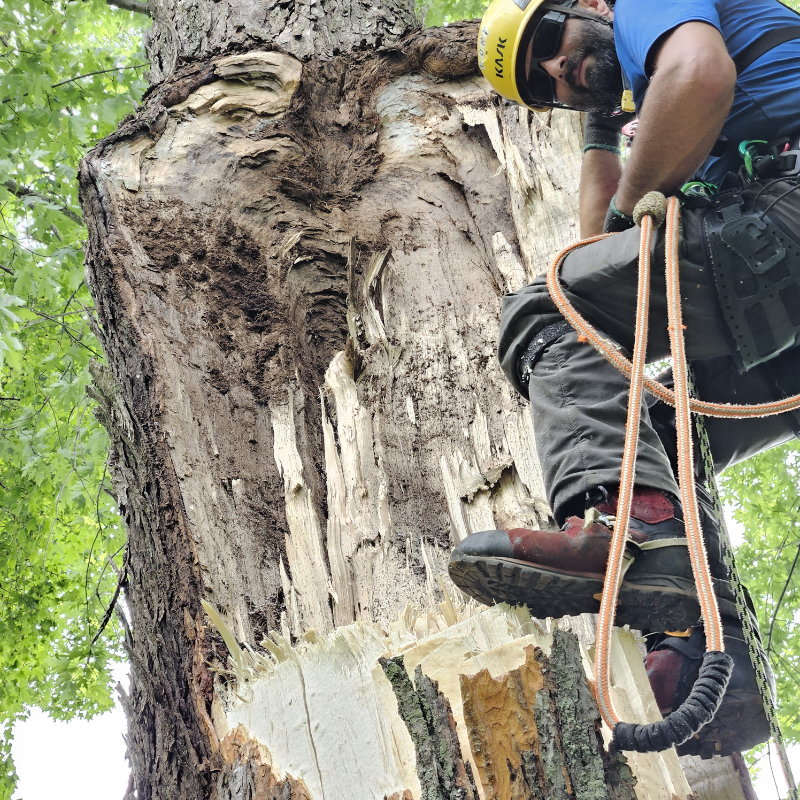
2. HURRICANE SEASON
Hurricane Fiona toppled trees all over the maritimes last year, and we are ready for another storm season. Based on our observations and experience from last September, we have the following pieces of information that may be useful to tree owners during hurricane season:
- In a hurricane, it is possible that any tree (regardless of age, health, or type) has the potential to break or fall. Certain trees may benefit from preventative pruning, removal, or other measures, but we are unable to determine if a tree will remain standing or not. Ways to mitigate potential damage include moving vehicles away from the tree, or covering windows.
- Familiarize yourself with your insurance policy, they can differ when it comes to tree-related damage. Your insurance company may contract a company to do the job, which will help cover the cost of a clean up crew.
- Do not go near any downed power lines at any time. If a tree damages or is near a high voltage power line, your provincial power company is responsible for clearing the tree away from the lines (at no cost). Homeowners are responsible for clearance to their service lines. If a tree poses a threat to your service line, preventative clearance pruning or removal may be in order.
In the event of a storm, we are ready to help! Give us a call or send an email, and someone will be in touch. Keep an eye on our social media for storm operation updates, and watch the forecast for upcoming weather events.
Take care, and stay safe!
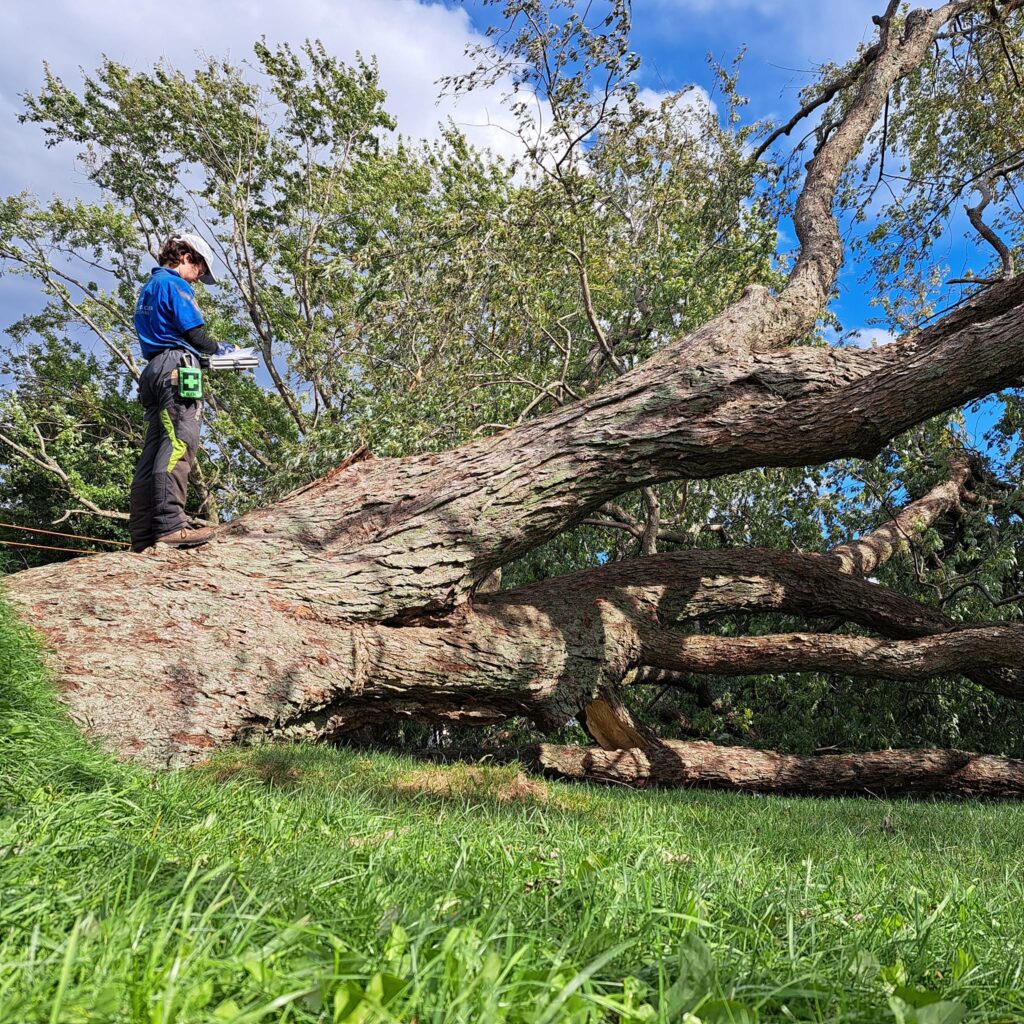
3. FALL PLANTING SCHEDULE
Fall planting is dependent on how storm season treats us. Acute storm clean up and previously booked work will take precedence in the event of a hurricane. We will update all planting clients if we need to reschedule.
To quote the ISA Best Management Practices for Tree Planting: “It takes only a short time to plant a tree, but how it is done can have a lasting influence. Mistakes made when planting usually are impossible to correct later. Even if the species selected is well matched to the planting site, shortcutting the planting process can cause the tree to fail after a short time or to struggle for many years and never reach its full potential as a healthy, vigorous addition to your landscape. Attention to details taken at planting time will pay dividends for years.”
Woodpecker Tree Care provides quality tree-planting each spring and fall, and are pleased to provide saplings from maritime nurseries. We’re teaming up with Charlie the Tree Guy in Old Barns, NS to bring high-quality saplings straight to your doorstep. If you order trees from Charlie before October 15th, we’ll pick it up for you and deliver it for a freight fee.
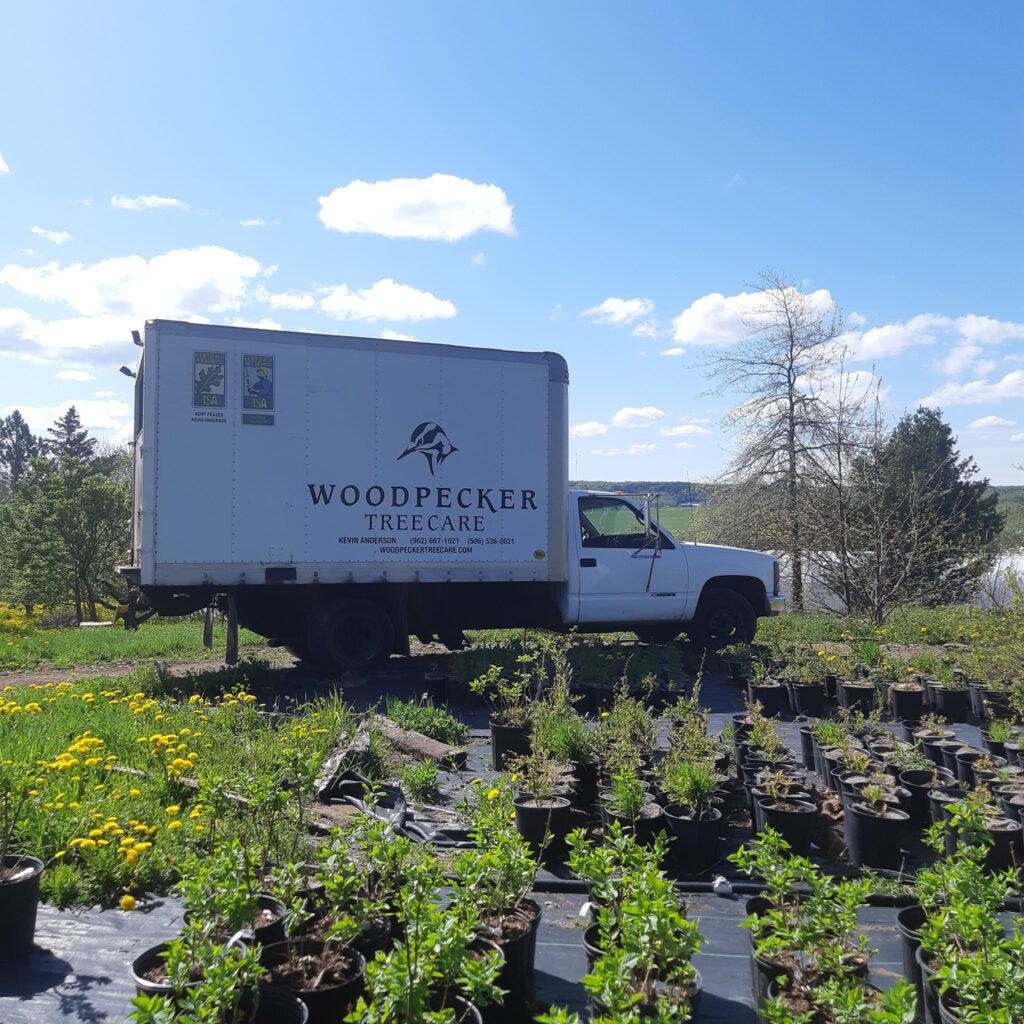
If you choose to plant your own trees, there are a few things you can do to avoid classic mistakes that have long-lasting effects on your tree. Send us an email or give us a call and we would be happy to provide consulting services.
4. WELCOME BACK KEVIN!
For the first time in the twenty years Woodpecker Tree Care has been in business, Kevin spent the past two seasons out of the field. His time and energy has been channelled into recovering from tendon surgery and family bereavement, and he is now back in action as an arborist. During his recovery, largely supervised by the knowledgeable staff at Greg Soper Physiotherapy, Kev has pushed forward an enormous number of behind-the-scenes projects that keep Woodpecker Tree Care flourishing and above-and-beyond. We are glad to have him back in the field, climbing and sawing!
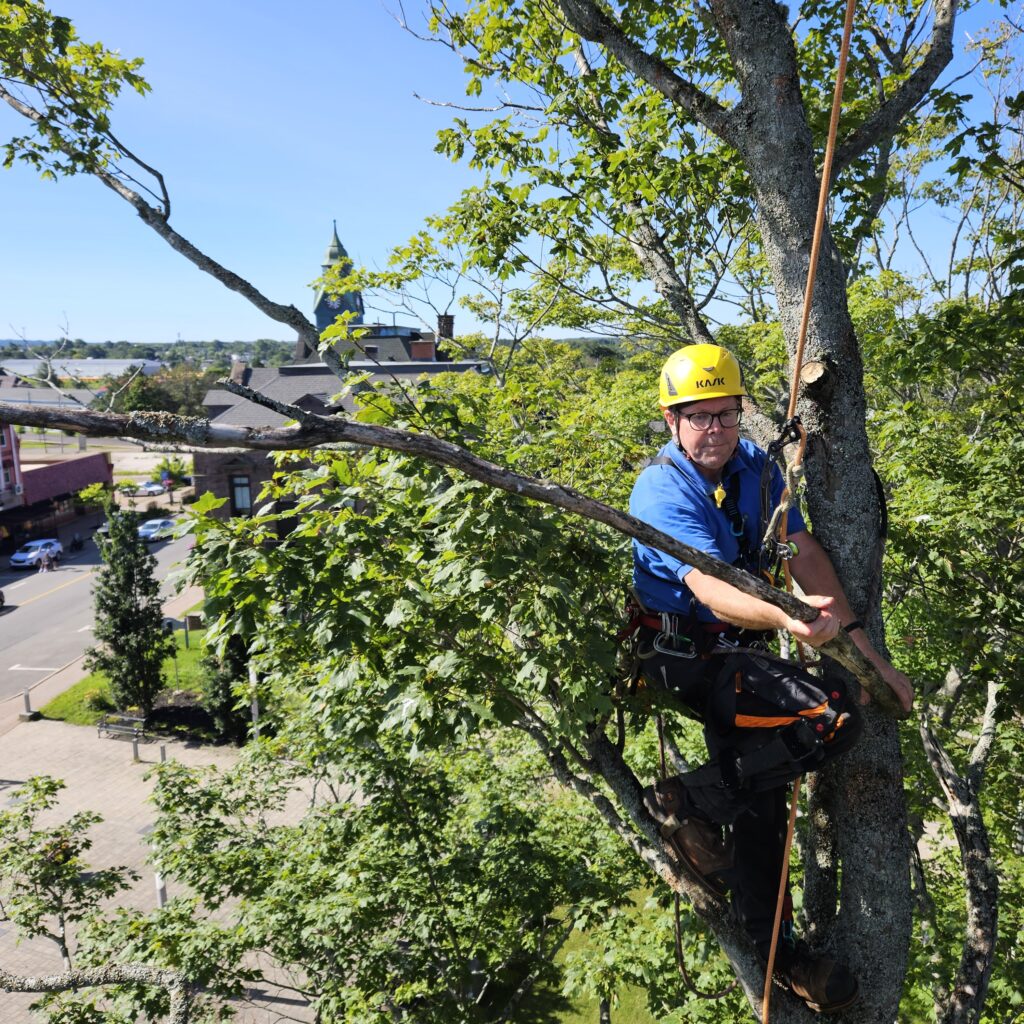
5. DUTCH ELM DISEASE MANAGEMENT UPDATE
We injected over 40 elms with Dutchtrig this season, thanks to the generosity and support of sponsors and elm-loving clients. Meg, Greg, and Kevin drove from Norton, NB to Minudie, NS over the course of two days, and noticed a trend in treated and untreated elms in our service area. Unfortunately, many of the elms show signs of failure and/or Dutch Elm Disease, both treated and untreated elms. It is possible that the prevalence of the disease is too great for the treatment to be effective, or that there are other factors contributing to tree failure. We have decided that while we will continue to supply Dutchtrig to clients and sponsors who would like to continue, we will not take on new Dutchtrig clients and instead pivot our disease management strategy to underplanting.
“Underplanting” is planting a young tree in the vicinity of a failing mature tree with the understanding that the young tree will eventually replace the mature tree. A side effect of Dutch Elm Disease is the sudden necessary removal of dead or dying elms, leaving a gaping hole in the landscape where a tree once stood. Underplanting is a way to mitigate the eventual loss of a tree by giving a replacement tree a head start, instead of waiting until the tree is gone. Our approach to Dutch Elm Disease management will pivot to providing consultation, tree selection, and planting services to folks with elms to prepare them and their landscape for the eventual loss of a tree. We have ongoing relationships with Charlie the Tree Guy and Cornhill Nursery, and can provide replacement and location suggestions.
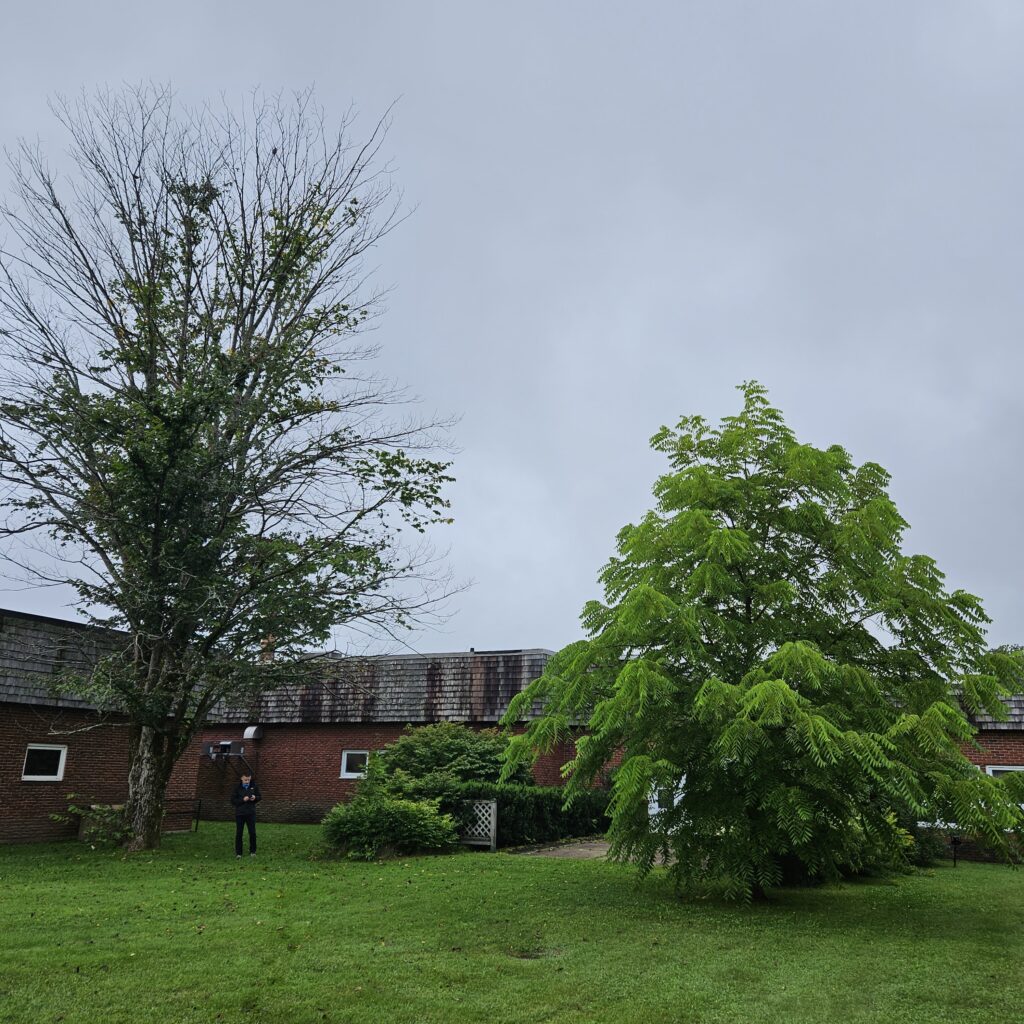
All Dutchtrig clients and sponsors will be contacted individually with details and an outline of their options going forward. Thank you to everyone for their continued faith in the project. As always, Meg is available by email or phone to answer any questions about the project.